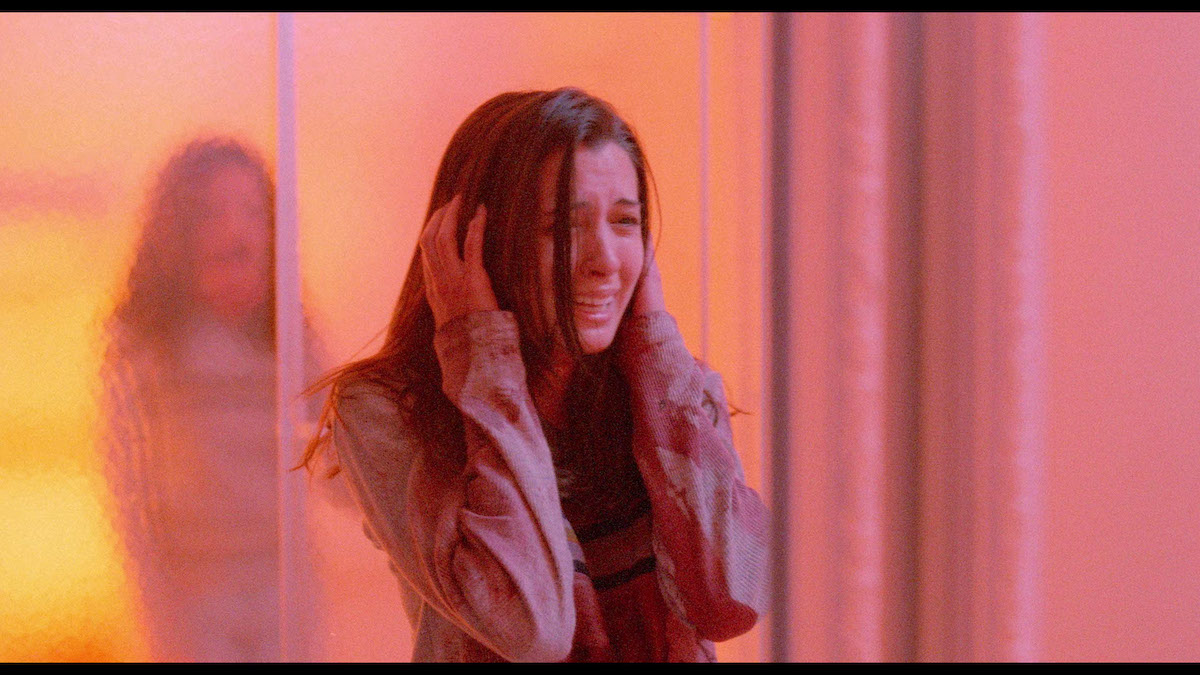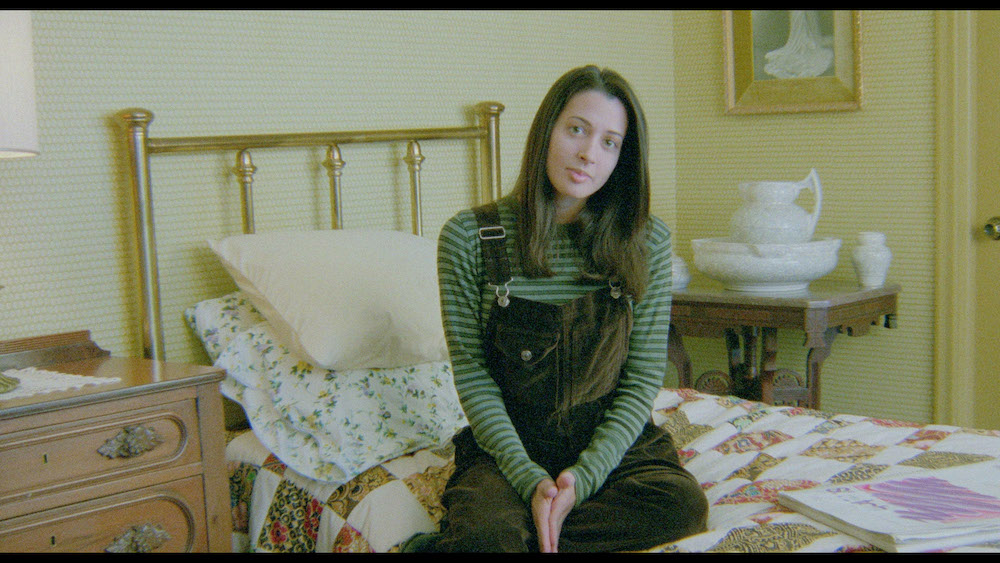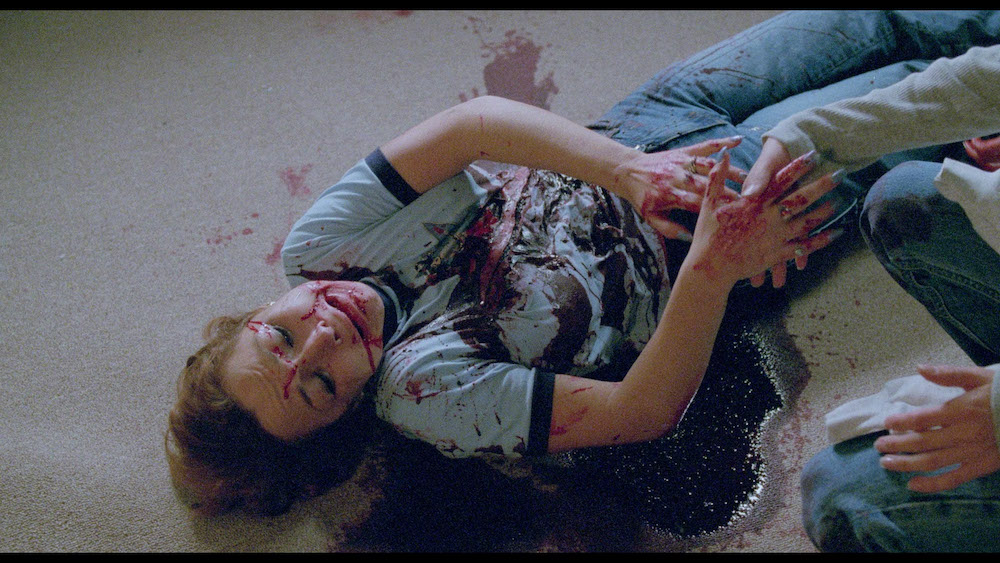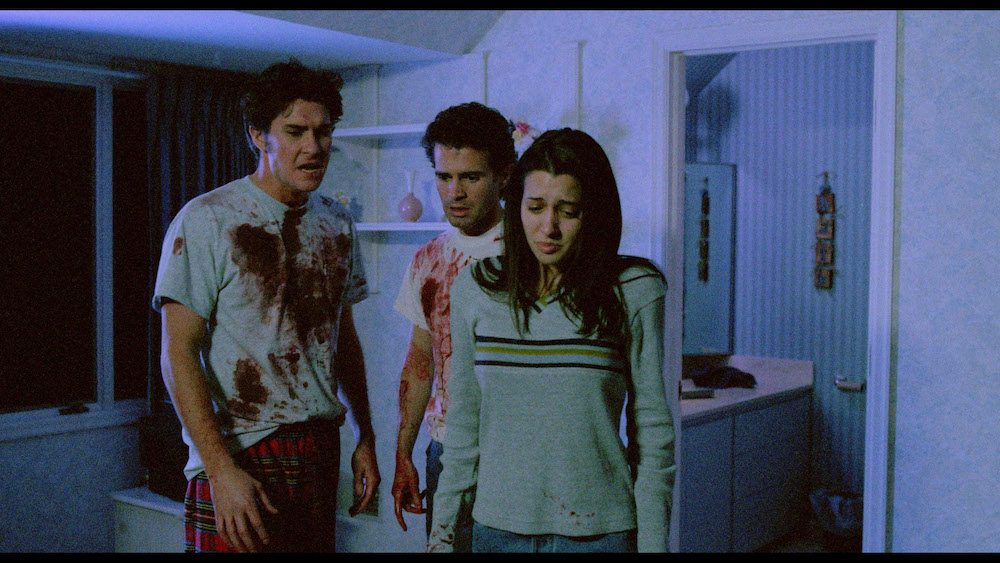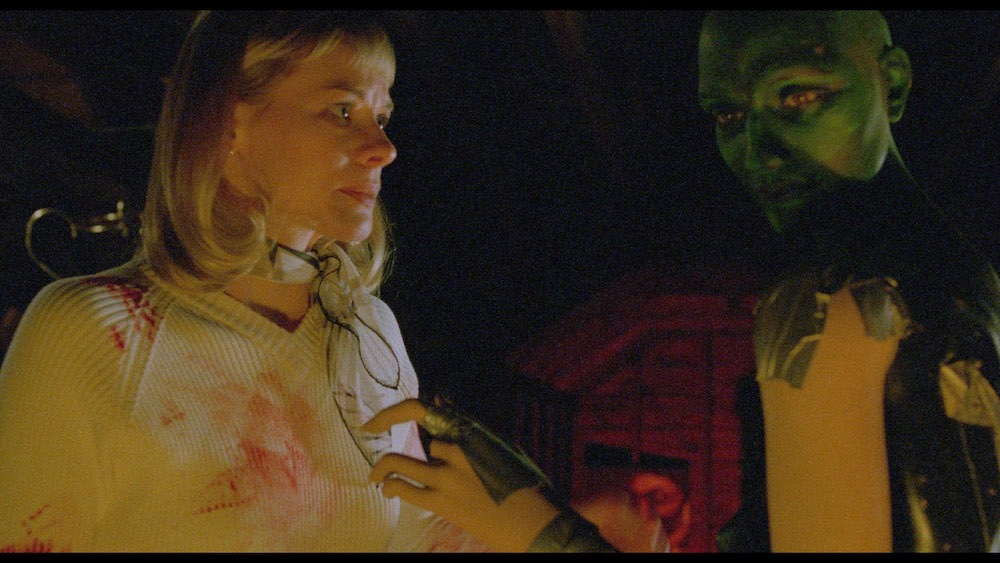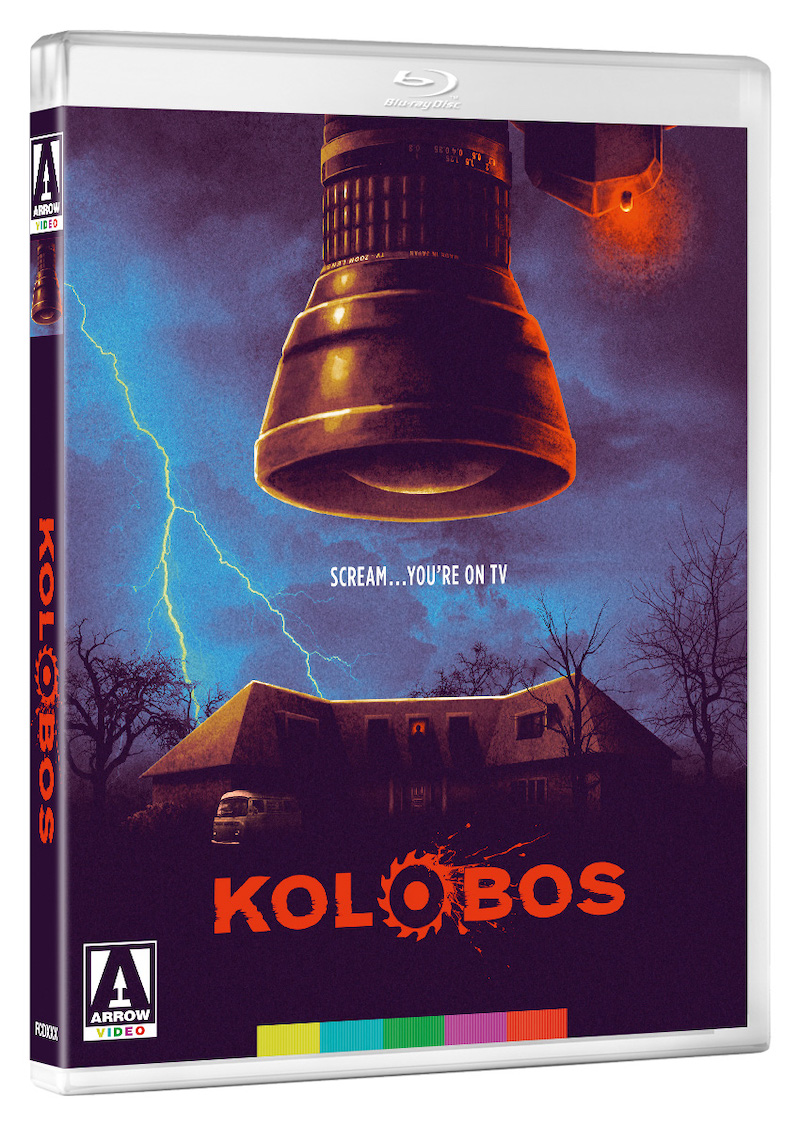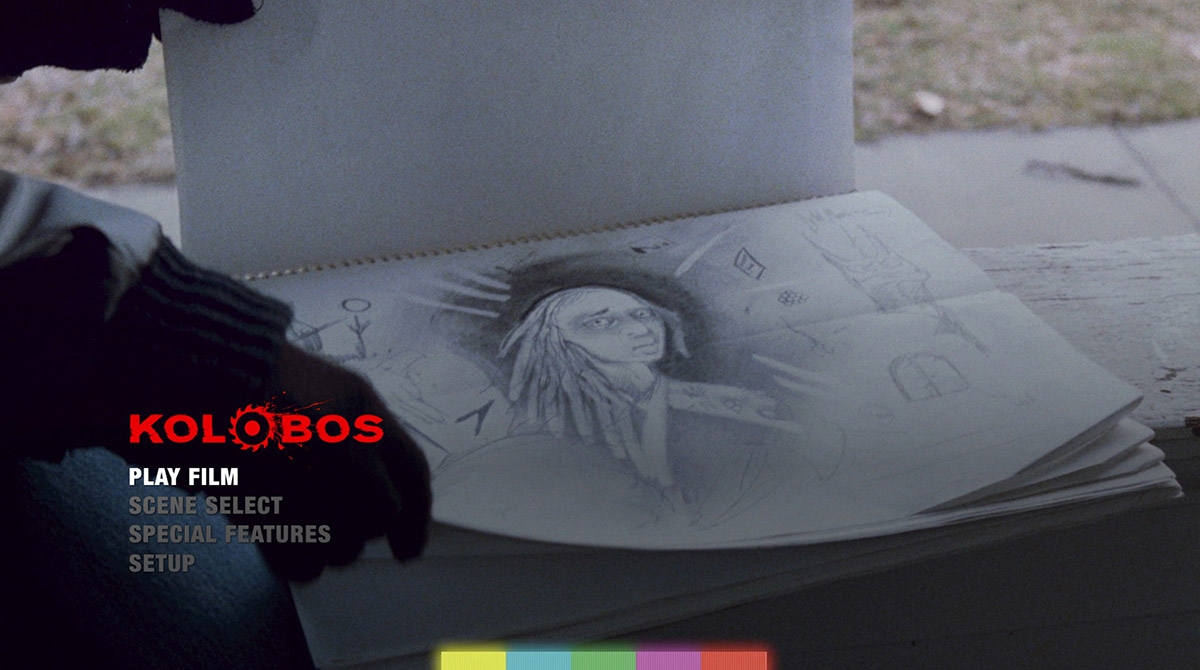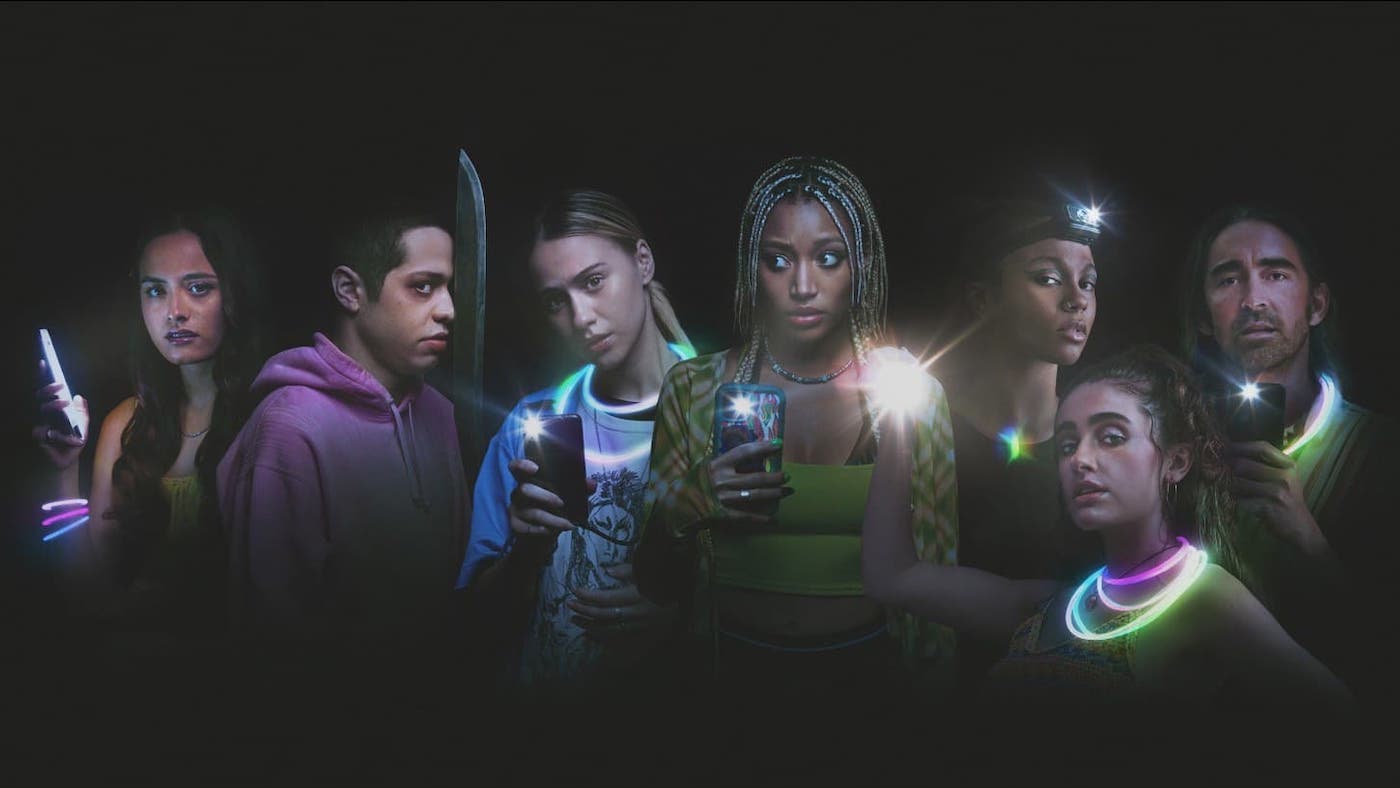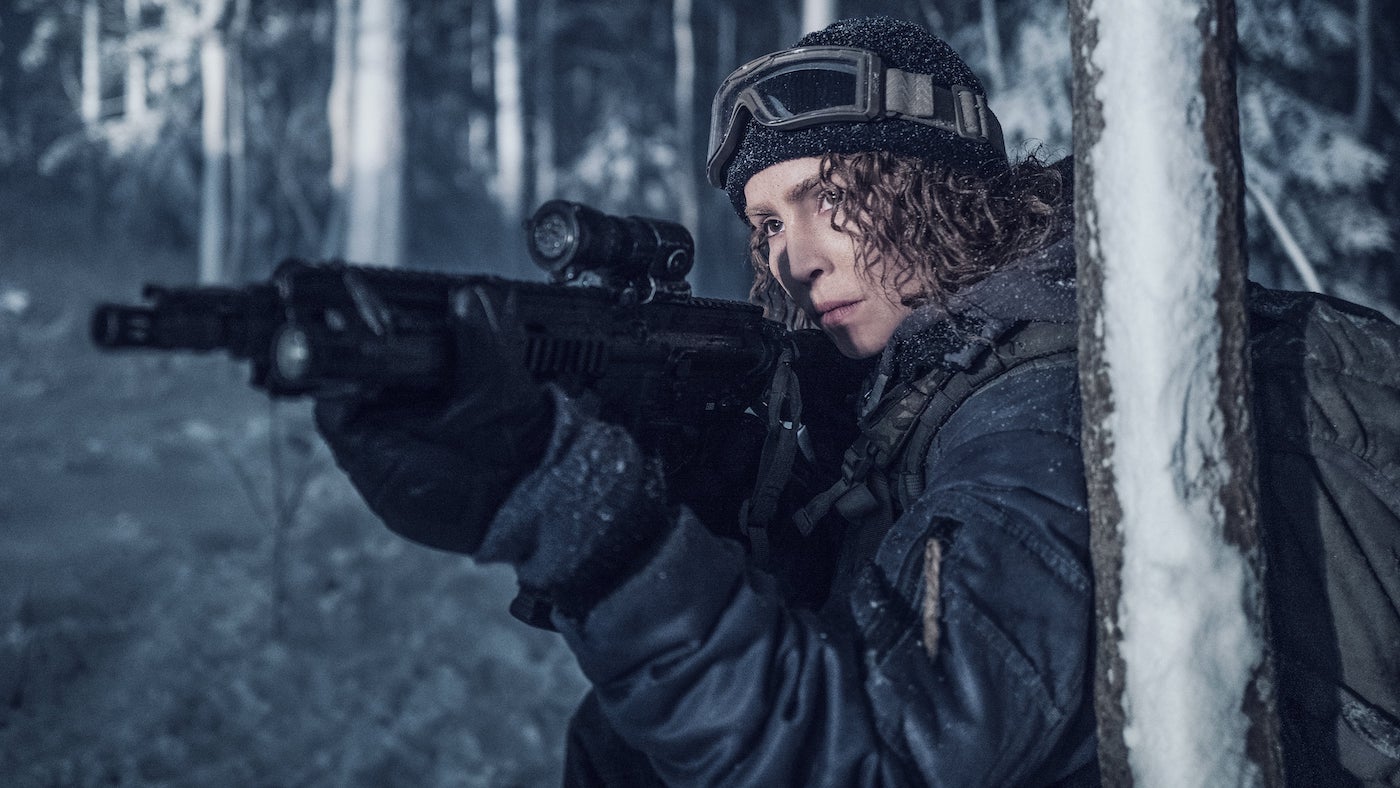KOLOBOS (1999)
Five young people agree to live in an isolated lodge together and have their daily activities filmed. But soon the house is locked down and they each run into the murderous clutches of a faceless serial killer who may not be working alone...
